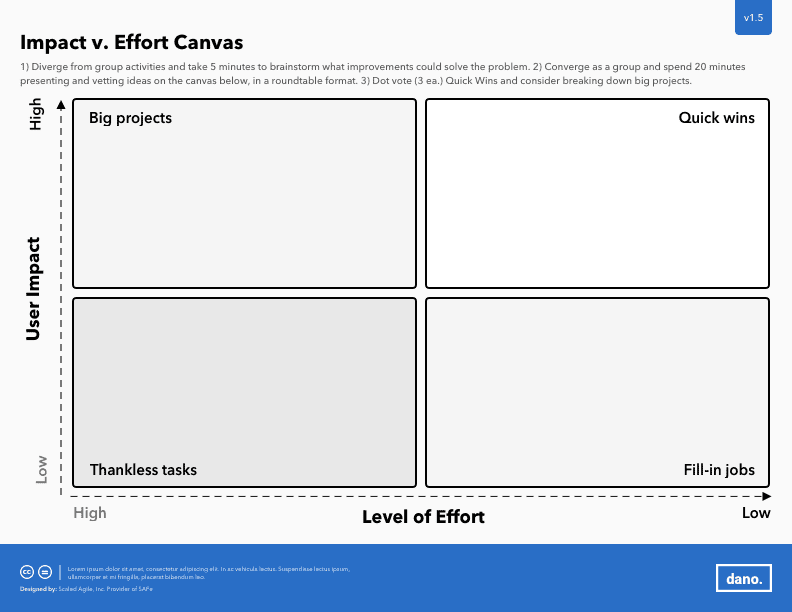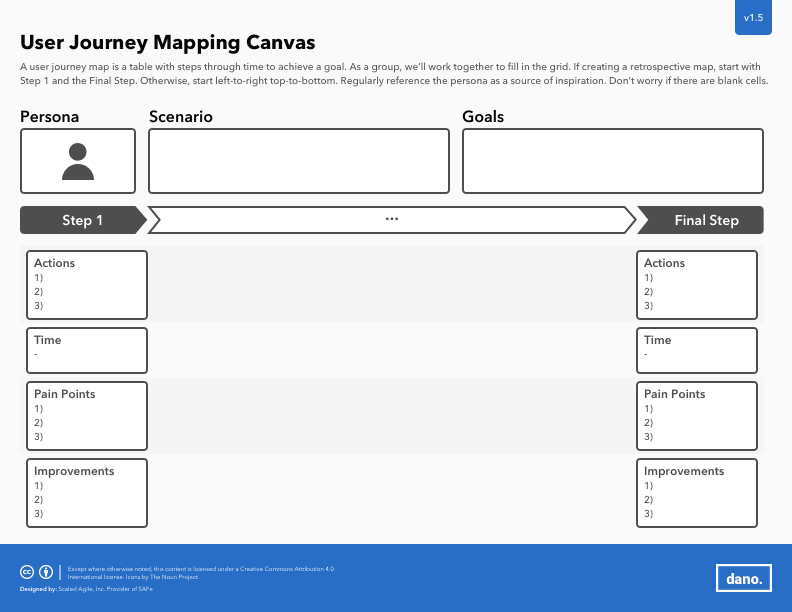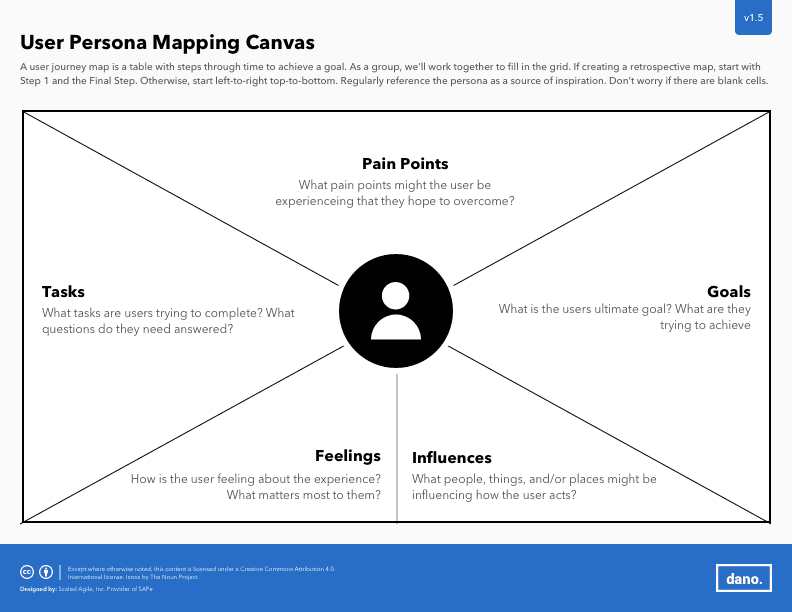Business Model Canvas
Design Thinking Toolkit Series | February 6th, 2019

The Business Model Canvas is a visual framework that helps entrepreneurs and businesses describe, design, challenge, invent, and pivot their business models. The canvas provides a structured approach for mapping out a business’s value proposition, customer segments, channels, customer relationships, revenue streams, key resources, key activities, key partners, and cost structure. The Business Model Canvas is meant to be used as a tool for innovation and business model design, and it provides a clear and concise overview of a business’s strategy on a single page.
Completing a Business Model Canvas involves the following steps:
- Identify your value proposition: What value are you offering to your customers, and how is it different from your competitors?
- Define your customer segments: Who are your target customers, and what are their needs and pain points?
- Determine your channels: How will you reach and interact with your customers?
- Develop your customer relationships: What kind of relationship do you want to establish with your customers?
- Identify your revenue streams: How will you generate revenue from your value proposition?
- Map out your key resources: What resources do you need to deliver your value proposition?
- Identify your key activities: What activities do you need to perform to deliver your value proposition?
- Outline your key partners: Who are the key partners and suppliers that you need to work with to deliver your value proposition?
- Define your cost structure: What are the costs associated with delivering your value proposition and operating your business?
After completing these steps, you will have a visual representation of your business model that can be used to communicate your strategy to stakeholders, validate assumptions, and iterate on your business model as needed. The Business Model Canvas is meant to be a living document that can be updated and refined over time as your business evolves.


